Malbaujeong Market (말바우장 / 말바우시장 (2, 4, 7, 9일))
18.1 Km 15916 2023-11-20
62 Dongmun-daero 85beon-gil, Buk-gu, Gwangju
+82-62-262-4082
Malbaujeong Market is one of the main traditional markets in the northern region of Gwangju. The market is held on dates ending in 2, 4, 7, or 9.
Gwangju Biennale Exhibition Hall (광주비엔날레전시관)
18.2 Km 0 2023-11-28
111 Biennale-ro, Buk-gu, Gwangju
+82-62-608-4114
Since its establishment in 1994, the Gwangju Biennale Exhibition Hall has significantly contributed to Korea's art culture and the world through numerous exhibitions. It strives to give joy and motivation to many people and serves as a channel for Korean artists' forays into the world. Notably, the Biennale exhibition is not a one-time event, and various attempts are being made to make it a sustainable platform as it increases the regional value of Gwangju, the home of the Biennale.
In the era of COVID-19, online services are also provided to citizens who have difficulty visiting the site in person to experience the exhibition.
Gwangju Museum of Art (광주시립미술관)
18.3 Km 15593 2022-09-02
52, Haseo-ro, Buk-gu, Gwangju
+82-62-613-7100
The Gwangju Museum of Art was founded on August 1, 1992, to promote local artists. In 1996, it served as the venue for the Gwangju Biennale. The museum holds over 560 works, including those from Heo Baekryeon, Oh Jiho, Yang Su-ah, and Im Jik-sun, all local artists. In addition to the permanent exhibitions, the museum also has special planned exhibitions and other cultural programs.
Chungjangsa Shrine (충장사)
18.4 Km 29569 2023-01-25
13, Songgang-ro, Buk-gu, Gwangju
+82-62-613-5407
When you reach Baejae along the tourist road leading up to Wonhyosa Temple, you can see the well-maintained tomb and the magnificent building of Chungjangsa Shrine on the left. It was built in 1975 as a memorial to General Kim Deok-ryeong, born in Mudeungsan Mountain. In the precincts, there are the shrine, where Kim Deok-ryeong's portrait and command paper are enshrined; the east room and west room; Eullyun Monument and Commentary Monument, the relics hall; Chungyongmun Gate; and Ikomun Gate. In the relics hall, the clothes of 'General Kim Deok-ryeong,' designated as Important Folk Material, and the coffin excavated from the general's tomb, as well as his handwriting, are on display. On the hill behind the shrine is Kim Deok-ryeong's tomb and tombstone, as well as his family's tomb.
Traditional Tea House Punggyeong (전통찻집 풍경)
18.6 Km 0 2023-12-22
96 Unyong-ro, Buk-gu, Gwangju
Traditional Tea House Punggyeong in Gwangju specializes in serving rich and savory traditional Korean tea. The interior is decorated in white and wood tones, creating a cozy atmosphere. From the entrance to every corner of the room, there are plants that have been cared for by the store owner, allowing visitors to feel more at ease as they enter the tea house. The drinks are served in a neat tea cup, and their most recommended tea is the house-brewed ssanghwacha (medicinal herb tea). Furthermore, it sells a variety of traditional teas that are great to savor leisurely while resting such as daechu cha (jujube tea), a unique tea with a sweet aftertaste and is known to help treat insomnia; and saenggang cha (ginger tea) with an addition of honey or malt syrup, among others.
Olive Young - Gwangju Yongbong Branch [Tax Refund Shop] (올리브영 광주용봉지구)
18.6 Km 0 2024-04-18
39, Yongbongtaekji-ro, Buk-gu, Gwangju
-
Seomjingang River (섬진강)
18.6 Km 7905 2022-08-25
Okgwa-myeon, Gokseong-gun, Jeollanam-do
+82-61-360-8419
The Seomjingang River, one of the four major rivers in Korea, starts from Imsil and Sunchang. It merges with several bodies of water in Gokseong, Gurye and Hadong before flowing into the South Sea.
In Gokseong, the Seomjingang River is also known as the Sunjagang River. It flows about 36 kilometers through the region. A number of big and small valleys throughout the length of the river provide fantastic views and relaxation spots all year round. Also, Riverside Festival and Seomjingang Literature Forum are held every summer to offer fun summer activities along the river.
Jungoe Park (중외공원)
18.6 Km 13802 2021-10-25
52, Haseo-ro, Buk-gu, Gwangju
+82-62-613-7100
Jungoe Park is one of the nation's most famous leisure spaces. There is a children's grand park, the Olympic Garden, and the Olympic Monument. The children's grand park is especially popular on weekends and holidays.
There is also a folk museum, an education center, and the Biennale Exhibition Hall in the Biennale & Museum section of the park.
The park is most popular during fall for its beautiful foliage. In addition, the Rainbow Bridge is a symbol of the Biennale and was installed during the 1st Gwangju Biennale.
Jeongeup Naejangsan Special Tourist Zone (정읍 내장산 관광특구)
18.8 Km 7431 2024-04-07
Naejang-dong, Jeongeup-si, Jeonbuk-do
+82-63-539-5193
Jeongeup Naejangsan Special Tourist Zone, which covers Naejangsan Mountain, Baegamsan Mountain and Ibamsan Mountain, is known for the most beautiful fall scenery in Korea. In the autumn, the zone is aflame with autumnal tints. Naejangsan Mountain has been referred to as the “Geumgang of Honam” since the Joseon dynasty.
Naejangsan Mountain is about 11 kilometers away from downtown Jeongeup, and its name means "many secrets in the mountains." The highest peak of Naejangsan Mountain is Sinseonbong Peak, which is 763 meters above sea level. The nine peaks of the mountain stand in a circle, similar to the shape of a horse’s hoof. As one of the eight scenic views of the nation, it boasts grand scenery. Geumseongyegok Valley, which embraces Geumseonpokpo Falls, Dodeokpokpo Falls and Baegamgyegok Valley, is also famous.
Since there are more than ten trekking courses, hikers can choose a course after taking their physical stamina or personal preference into consideration. The length of each course varies from 1.5 to 14 kilometers. For those who are not able to trek long distances, walking the 3.6 kilometer-long nature trail that leads to the flatland is a good option. Visitors can reach the observation platform easily by riding a cable car from the ticket office.
The number of tourists has been steadily increasing since the KTX train began to stop at Jeongeup Station. When the autumn colors are at its peak in particular, taking the KTX makes the trip to Naejangsan Mountain much easier for travelers, and prevents traffic jams. The Donghak Peasants Revolution Commemoration is held in May and the Naejangsan Fall Foliage Festival takes place in October.
* Current State of Jeongeup & Naejangsan Special Tourist Zone
1) Districts Covered: Naejang Districts (Naejang and Ssangam-dong) and Yongsan Districts (Yongsan and Sinjeong-dong), Jeongeuop-si, Jeollabuk-do
2) Area: 3,448,365㎡
* Tourist Attractions
Naejangsan National Park, Okjeongho Lake, Jeongeupsa Park, Jeongeupcheon Stream, Chungyeolsa Shrine, Donghak Peasant Revolution Memorial Hall, etc.
Uhwajeong Pavilion (우화정(내장산))
18.8 Km 16641 2024-04-07
936, Naejangsan-ro, Jeongeup-si, Jeonbuk-do
+82-63-538-7875
Uhwajeong Pavilion takes its name from the legend that the pavilion once grew wings and ascended into the heavens. The pavilion is located in the middle of a lake on the way to Naejangsan Visitor Information Center. The scenery of the pavilion and foliage reflecting on the lake is like a painting. Various flowers, trees, reeds, and foliage surrounding the pavilion create a more beautiful view.
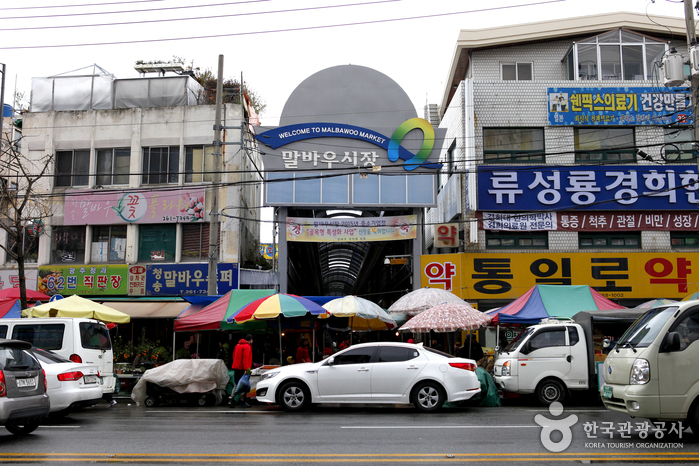
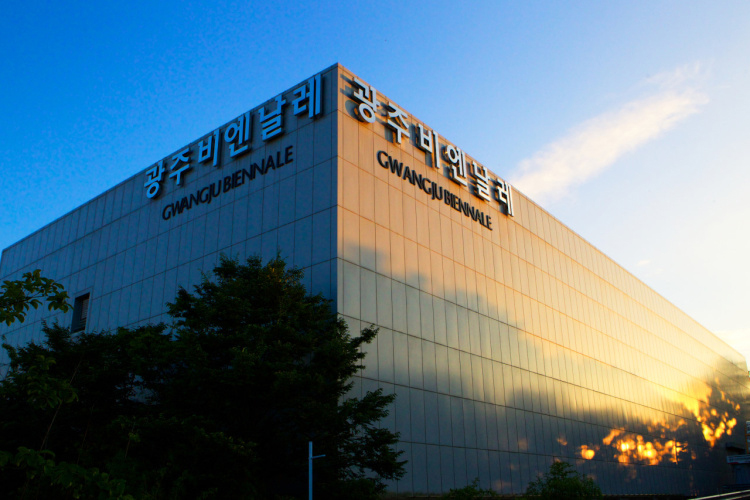
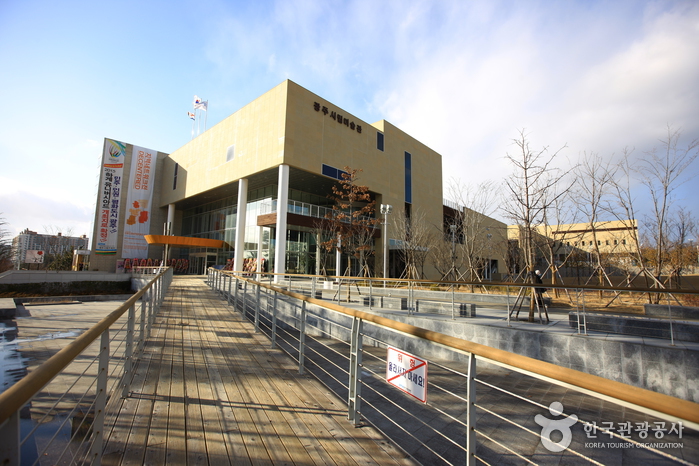

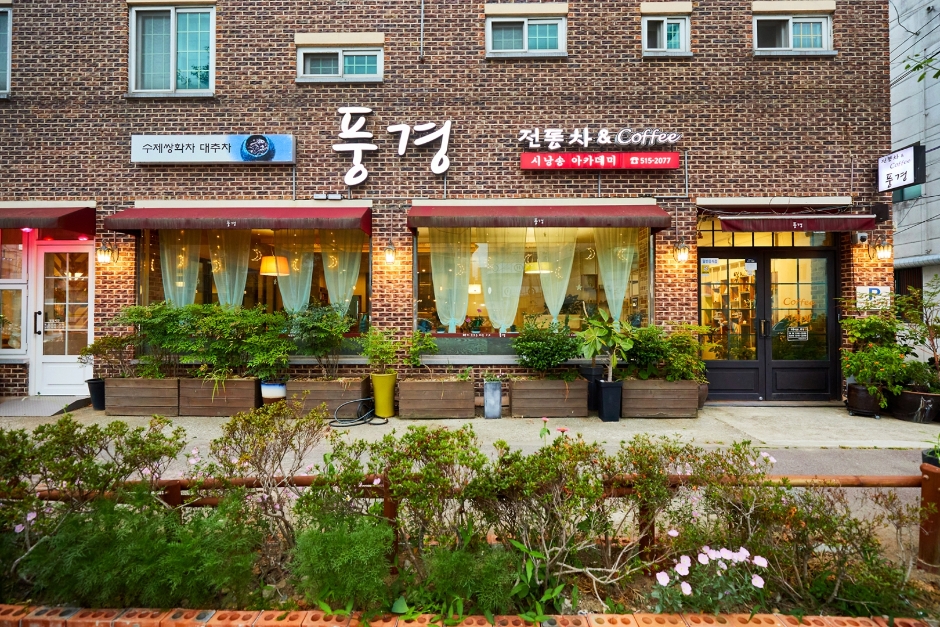
![Olive Young - Gwangju Yongbong Branch [Tax Refund Shop] (올리브영 광주용봉지구)](http://tong.visitkorea.or.kr/cms/resource/27/2886827_image2_1.jpg)
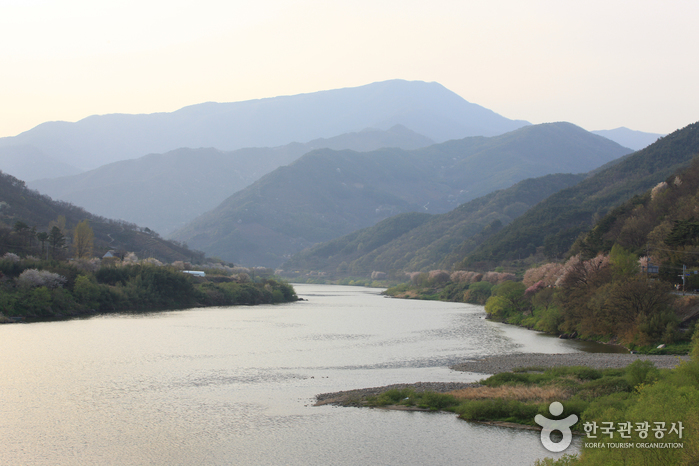
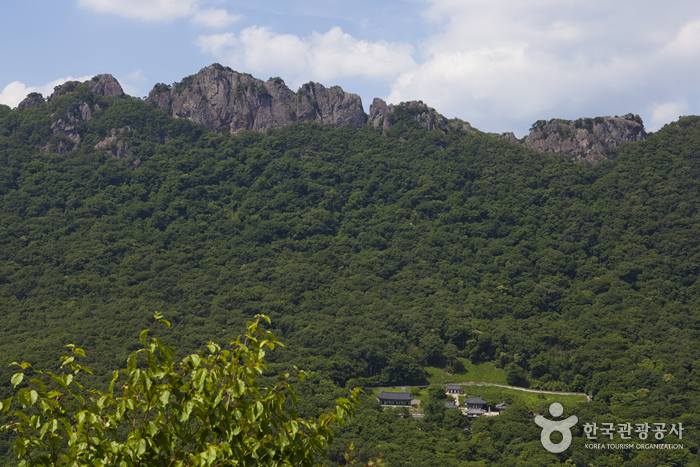
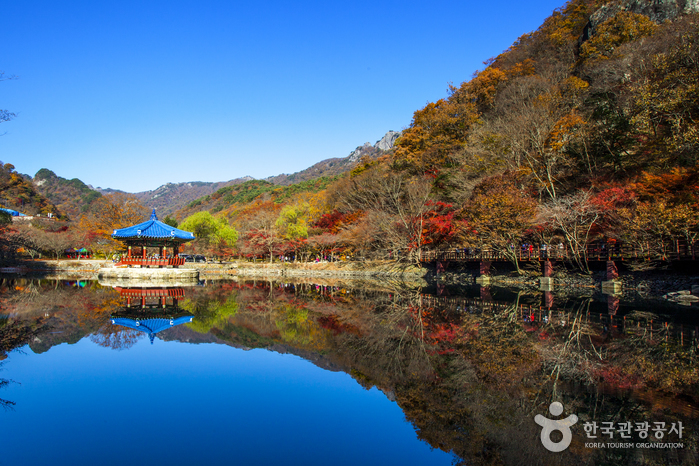
 English
English
 한국어
한국어 日本語
日本語 中文(简体)
中文(简体) Deutsch
Deutsch Français
Français Español
Español Русский
Русский